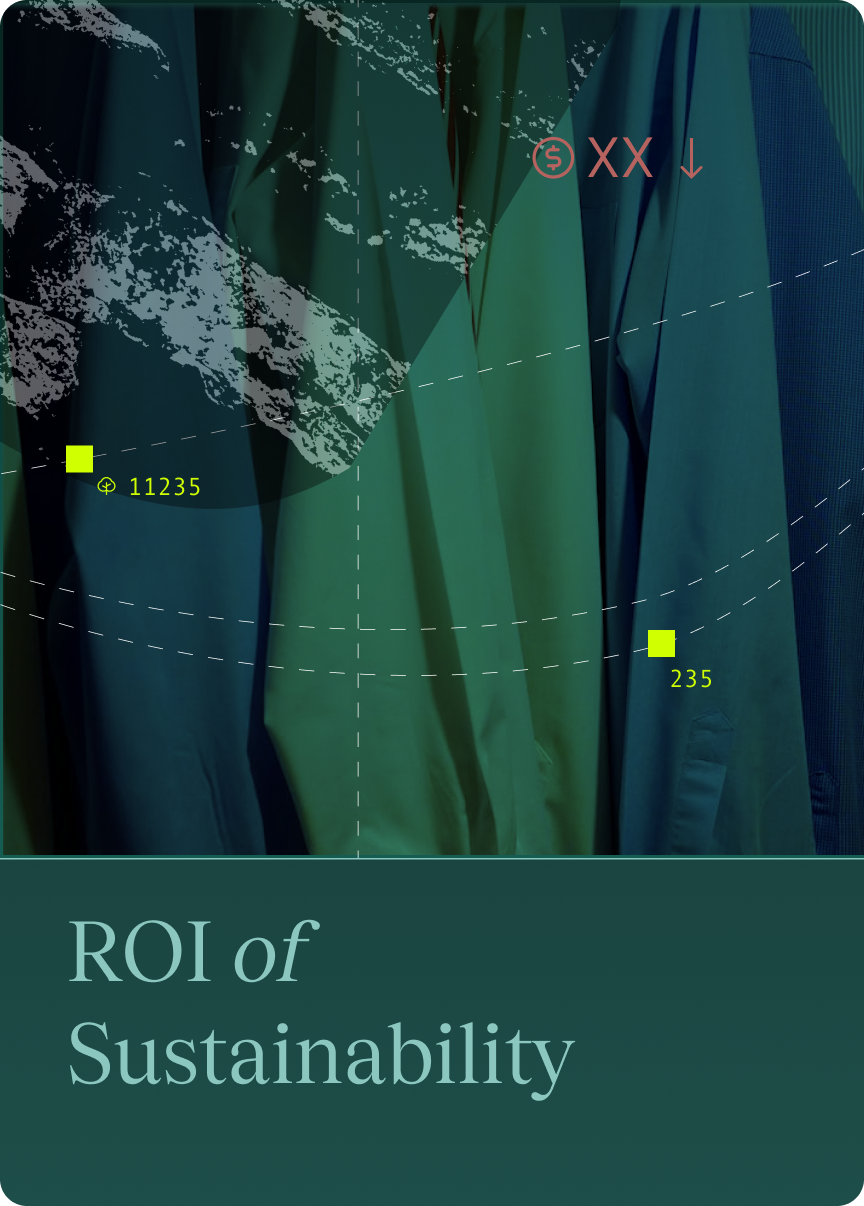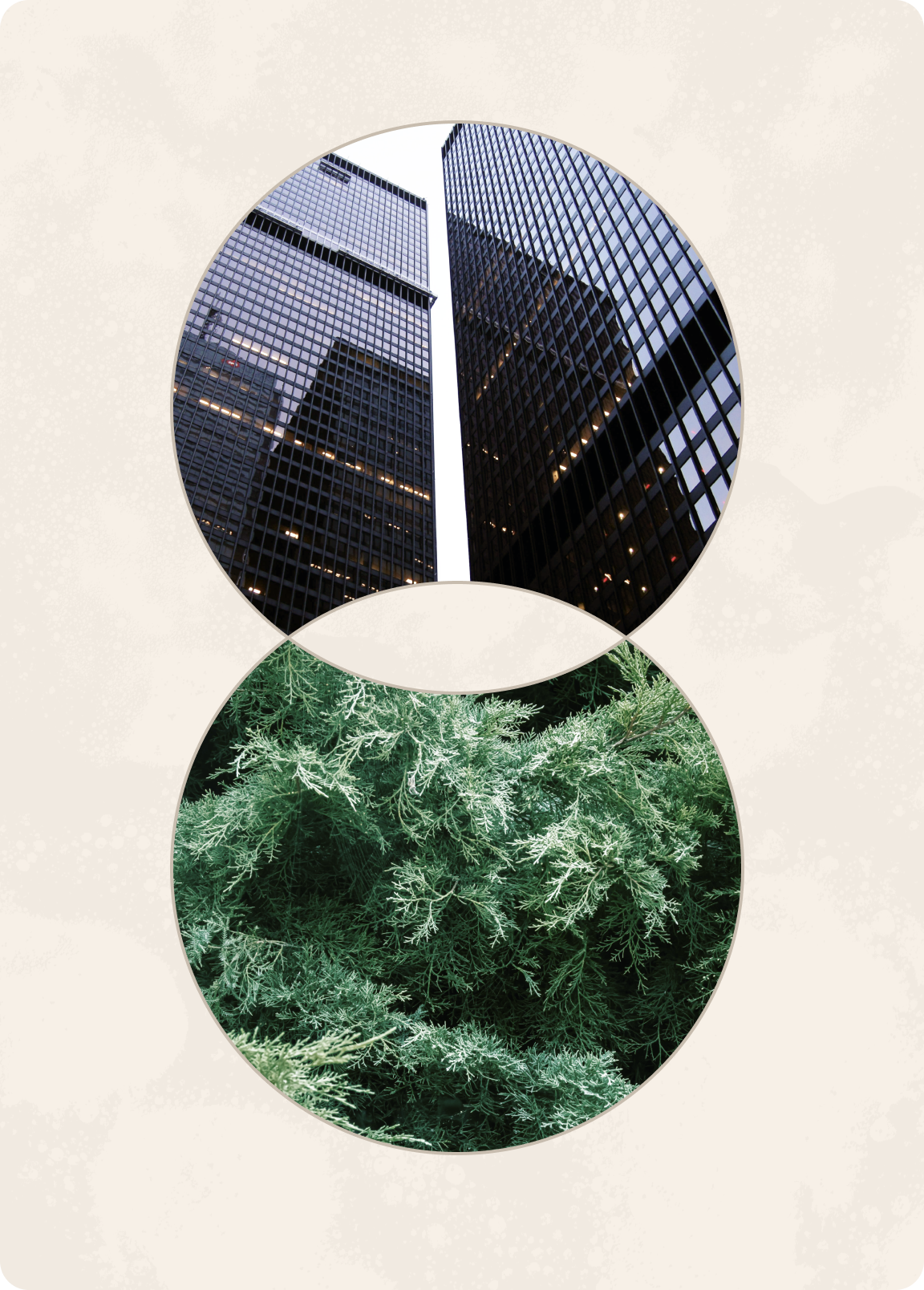In retail, businesses must focus on their impact hotspots — the areas within the supply chain, value chain and life cycle stages that release the most emissions — to make real reductions. In addition, consumers are increasingly concerned about the impact of their product choices, providing a huge opportunity for brands who respond to the environmental concerns of consumers.
41% of consumers feel guilty about the environmental impact of beauty and grooming products, according to a 2020 British Beauty Council survey. Sustainability concerns increasingly inform consumer purchasing decisions; for example, Unilever has found its purpose-driven brands are growing at twice the rate of its other product lines.
With the global natural beauty market estimated to hit £17 billion by 2024, time is of the essence for the beauty industry to embed lower-impact growth strategies and get on track for Net Zero. The vast majority of the sector’s greenhouse gas emissions come from three activities:
- Sourcing raw materials to make products and packaging — this can lead to harsh effects like deforestation which often involve the degradation of peatlands. The depletion of peatlands leads to considerable greenhouse gas emissions, and global wood harvests are projected to emit 3.5 to 4.2 billion tons of carbon dioxide equivalent per year, contributing to more than 10% of global annual CO₂ emissions.
- Consumer use of products — for example, the hot water required for many rinse-off beauty products or not reusing bottles. Using reusable bottles alone could equate to a 70% reduction in the beauty industry’s carbon emissions.
- Packaging — at Vaayu, we are acutely aware of how packaging is of high concern to our partners and the wider industry. Beauty accounts for a staggering 120 billion packaging units annually, with approximately one-third of landfill waste being attributable to the industry. Only 14% of packaging actually makes it to a recycling plant, 9% is recycled and the rest heads directly to landfill.
There is the need for wider adoption of circular initiatives and these hotspots are crucial starting point. Going forward, it is essential that the industry’s reduction strategies can power true reduction of impact. To achieve that, the industry requires a better understanding of the emissions and waste-saving potential of these impact areas.
Beauty Industry Climate Impact #1: Sourcing Raw Materials
There are considerable opportunities to make reductions that beauty brands can tap into — and market research shows it's what their customers want. As such, traceability and regenerative practices are increasingly crucial to reducing supply chain impact.
Changes to raw material extraction and processing practices can contribute significantly to overall reductions and aid in achieving Science-Based Targets (SBTs). A growing consensus is emerging among soil scientists that regenerative agriculture, which removes carbon from the atmosphere and puts it back in the soil, could deliver a massive win for the climate.
When moving beyond carbon to address other impact categories, the context of the location where the materials are being sourced is hugely important. For example, calculating water scarcity based on region-specific actual emissions factors instead of global averages is necessary to improve the accuracy and applicability of the metric.
A short-term solution is to look for materials with certifications, like COSMOS or NATRUE, to ensure the origin of their raw materials. Longer-term, however, it’s crucial that brands and retailers pay specific attention to their entire supply chain and actively engage with suppliers to implement emissions reduction practices — such as regenerative farming. The journey starts with accurate activity-based impact calculations and real-time emissions tracking against set objectives.
Beauty Industry Climate Impact #2: Consumer Use of Products
Consumer use of products accounts for a significant portion of a product's carbon footprint. For example, the energy and resources used to power devices and appliances as well as the impact from personal care and beauty routines, such as hot water usage, all contribute to the overall environmental impact of a product. As such, it's essential to design products with sustainability in mind and to encourage environmentally-friendly consumer behaviors.
Take our work with Klarna: we recently helped arm 150 million Klarna customers with live carbon data across over 94 million products. Using Vaayu’s technology, Klarna’s CO₂e Tracker automatically calculates real-time emissions for purchases on a product level by pulling product-level emissions data via Vaayu’s API.
Giving shoppers tangible insights into the environmental impact of their completed purchases is helping them make more thoughtful and sustainable shopping decisions. Since its launch, 240,000 shoppers have been receiving product carbon data every month by visiting the tracker, revolutionizing the way shoppers engage with their purchasing decisions and inspiring them to take climate action.
Brands hold a major platform and significant influence to help guide consumers to make changes in their everyday life that collectively make a huge difference. Empowering customers with accurate data on their purchases and insights into use and disposal ensures brands are doing everything they can to reduce impact at life cycle stages that are out of their direct control but still within their value chain.
Beauty Industry Climate Impact #3: Packaging
The personal care and beauty industry is said to create a staggering 120 billion units of plastic packaging every year, contributing to waste, water pollution and marine life endangerment. Additionally, 95% of cosmetics packaging gets discarded, which turns packaging into one of the biggest sustainability challenges facing the beauty industry.
It's essential that beauty retailers make packaging optimization and innovation strategies a central focus of their sustainability efforts, which in turn can lower the emissions surrounding major shopping events such as Black Friday. The good news is that we can already see positive examples of adopting circularity practices with the aim of extending the packaging useful life, including sustainable empties collection programs, refillable packaging stations at stores and adopting lightweight and compostable packaging materials.
Calculating and monitoring emissions from packaging is key to uncovering important reduction levers. By calculating impact from return and refillable packaging programs, saved emissions through the use or reduced packaging, and the deployment of innovative materials like mycelium, brands can gain valuable insights into the emissions reduction potential of circular initiatives in the beauty industry.
The Beauty Industry’s Next Steps to Impact Reduction
These areas of impact hold huge potential as reduction opportunities. Consumer education could be a quick win within the value chain, while reductions in the raw materials stage require more incremental supply chain changes. However, data is needed to lead the charge.
Tackling any and all of these impact areas requires insight — you can’t reduce what you don’t measure. The ability to deal with vast levels of data is necessary to start making accurate impact-reduction decisions and implementing achievable strategies and measures.
Gathering this information at scale, and then calculating it accurately, is no mean feat. However, there is a simpler and more intuitive solution than the manual and inaccurate methods that have historically been used to calculate impact. To gather these vast amounts of data and then process it effectively, purpose-built technology that utilises cutting-edge AI is crucial.
At Vaayu, we leverage our proprietary AI and machine learning technology to calculate impacts like emissions, water and waste across product, packaging and logistics, providing granular insights that help inform data-driven decision-making. By doing so, we have created retail’s largest and most accurate impact database which is continually evolving to power reduction at scale.
Supporting and working with other brands and partners is also a major way to cover more ground faster, creating those all-important reduction pathways on the road to Net Zero. Vaayu’s work with partners has proved crucial, from pioneering research into the climate impact potential of circular business models to calculating product footprints and arming businesses and millions of consumers with robust impact data. This includes recent work in the Consumer Health and Beauty sector with Redcare Pharmacy, Europe's leading online pharmacy, to calculate its own-brand product impacts at scale.
In order to drive real change in the beauty sector, brands need to put their data to good use and begin rolling out meaningful reduction strategies that are both ambitious and achievable. Only then can beauty businesses drive down their impact at scale, play their part in fighting climate change and achieve Net Zero.
At Vaayu, we already work with category-leading partners making scalable changes in the beauty space by leveraging Vaayu’s granular, science-based impact data. If your brand or business is looking to tackle its impact for good, get in touch today.






.png)


